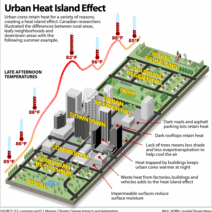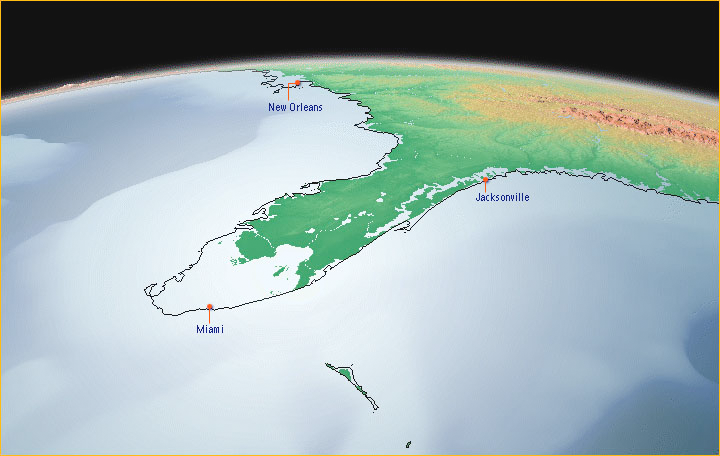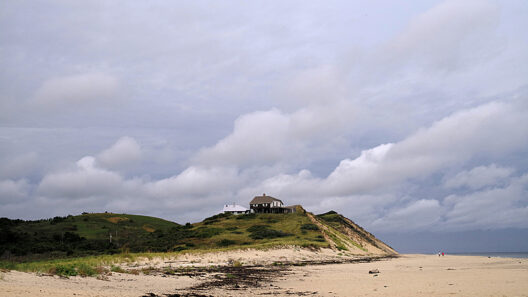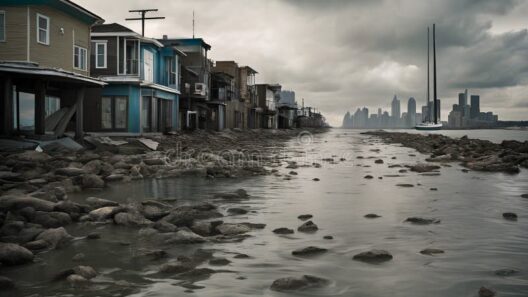As the climate crisis accelerates, Florida faces one of the most pressing environmental challenges of our time: rising sea levels. With its extensive coastline, vibrant ecosystems, and bustling communities, the Sunshine State has become a focal point for discussions surrounding climate change and its ramifications. This article delves into Florida’s multifaceted response to the specter of rising ocean levels, exploring proactive measures, innovative strategies, and the critical need for community engagement.
Understanding the gravity of the situation is paramount. According to a variety of studies, projections indicate that sea levels could rise between one and four feet by the year 2100. For Florida, a state riddled with low-lying areas, such changes could result in devastating flooding, saltwater intrusion, and significant alterations to its unique landscapes. Acknowledging these threats, Florida is at a crossroads, leading them to seek solutions that span infrastructure improvements, policy reforms, and environmental restoration efforts.
The state’s approach can be encapsulated into three pivotal components: infrastructure resilience, legislative initiatives, and community-based adaptations. Each of these facets contributes to a comprehensive strategy to mitigate the adverse effects of rising sea levels.
Building Resilience: Infrastructure Investment and Enhancement
One of the most immediate responses to rising sea levels has been significant investment in infrastructure resilience. Florida has embarked on a journey to assess and upgrade its coastal infrastructure—including roads, bridges, drainage systems, and seawalls. These improvements aim not only to fortify existing structures but also to ensure that new developments are built with future sea-level rise in mind.
For instance, several municipalities are adopting innovative design principles that prioritize sustainability. Coastal cities like Miami and St. Petersburg have committed to implementing “green infrastructure,” which relies on natural processes to manage stormwater and reduce runoff. Permeable pavements, restored wetlands, and urban tree canopies are just a few examples of how these cities are blending ecological and engineering strategies to create resilient urban landscapes.
Moreover, flooding early warning systems and increased stormwater management capabilities are also pivotal investments. By employing advanced technologies such as satellite imagery and data analytics, Florida can predict flooding events with greater accuracy, enabling residents and emergency services to respond more effectively.
Policy Innovations: Legislative Frameworks to Combat Climate Change
On the legislative front, Florida’s state government has made numerous strides in addressing sea-level rise through policy initiatives. In recent years, various local and state-level policies have been enacted, focusing on climate adaptation measures and sustainable development practices.
The establishment of the Florida Office of Resilience and Coastal Protection stands as a testament to the state’s commitment to confronting this predicament. This office spearheads efforts to coordinate statewide strategies addressing the impacts of climate change, offering guidance to both local governments and private stakeholders. The office’s initiatives involve comprehensive planning efforts, which align land use with climate projections and promote policies that integrate environmental considerations into decision-making processes.
Furthermore, the state has implemented legislative measures to incentivize the development of sustainable energy solutions. Transitioning to renewable energy sources, such as solar and wind, not only contributes to reducing greenhouse gas emissions but also diminishes Florida’s dependence on fossil fuels, creating a more sustainable energy matrix for the future.
Grassroots Movements: Mobilizing Communities for Change
Though governmental and institutional responses are crucial, the active participation of communities is indispensable. Grassroots movements across Florida are demonstrating the power of collective action and awareness-raising, galvanizing local populations to confront climate change challenges head-on.
Organizations like the Florida Conservation Coalition and local environmental advocacy groups are spearheading initiatives to engage the public in dialogue about sea-level rise. Through workshops, educational campaigns, and community forums, these groups are fostering a greater understanding of the risks associated with climate change and the importance of localized action.
Community members are not only becoming more informed but are also taking action by advocating for sustainable practices in their neighborhoods. The proliferation of community gardens, ecological restoration projects, and citizen-led monitoring efforts underscores a burgeoning sense of agency among Floridians. This grassroots activism echoes an essential truth: effective adaptation to climate change requires collaboration among all stakeholders, from policymakers to everyday citizens.
Integrating Perspectives: The Need for a Unified Approach
One of the key takeaways from Florida’s multifaceted response to rising sea levels is the distinct necessity for an integrated approach. By merging structural improvements with innovative policies and robust community engagement, Florida stands to fortify its resilience against climate change while also fostering sustainable development.
However, this journey is not without its challenges. The road to adaptation is fraught with potential roadblocks, including political indecision, funding constraints, and public apathy. Yet, there remains a glimmer of hope—a fervent desire among many to keep Florida’s ecological and cultural identities intact for generations to come.
In conclusion, Florida’s response to rising sea levels epitomizes a burgeoning movement towards recognition and action against climate change. With a steadfast commitment to innovative solutions and a determination to engage communities, Florida is carving a path of resilience amid the daunting realities of climate science. The question remains: will this path inspire other regions to undertake similar initiatives, or will the threats of climate change persist, overshadowing the potential for proactive change? Only time will tell.







